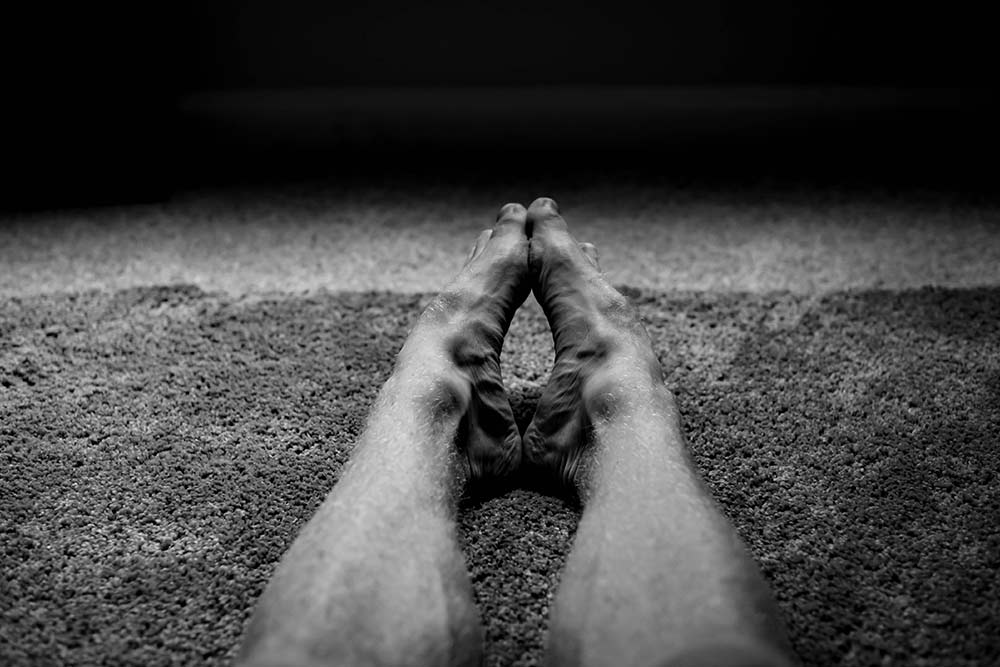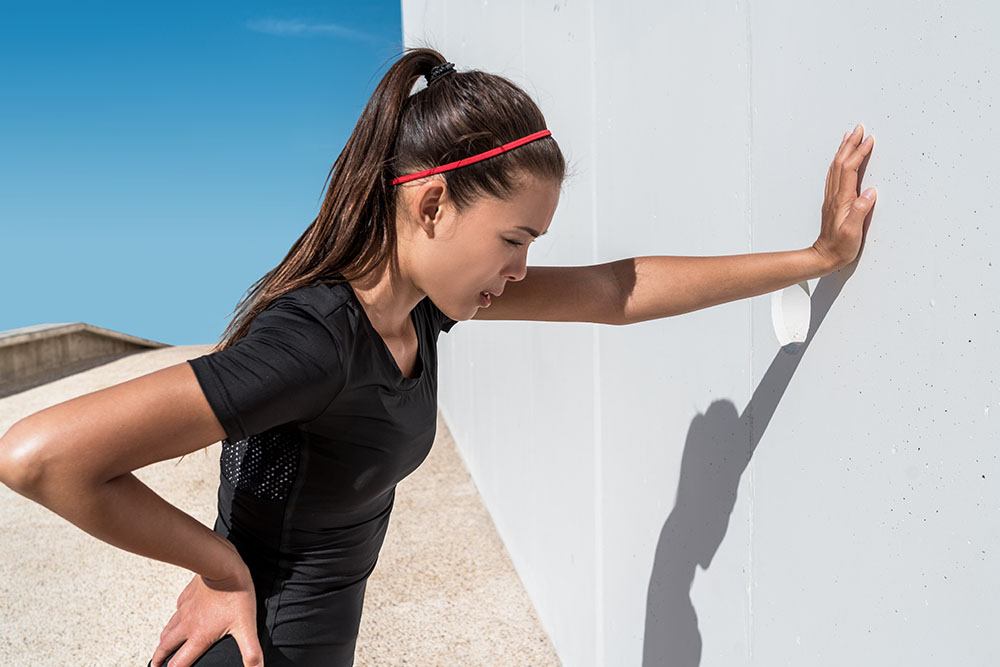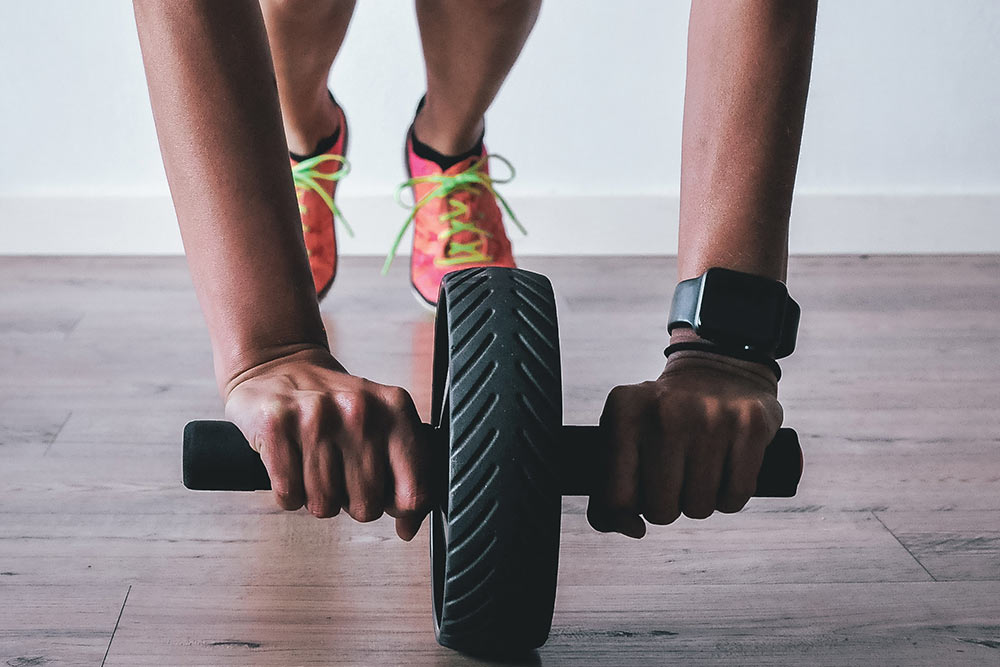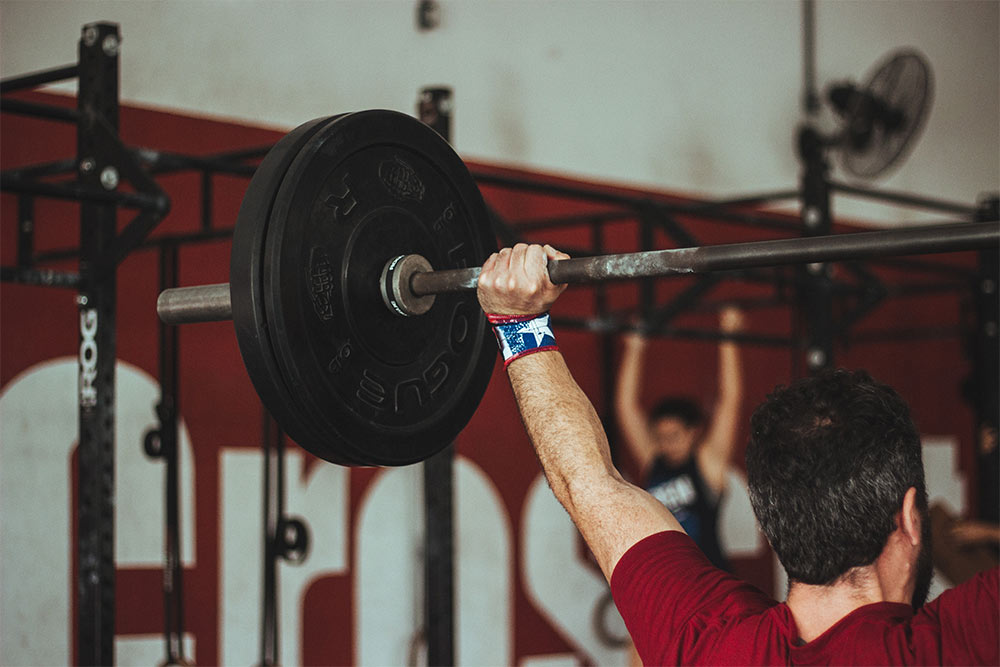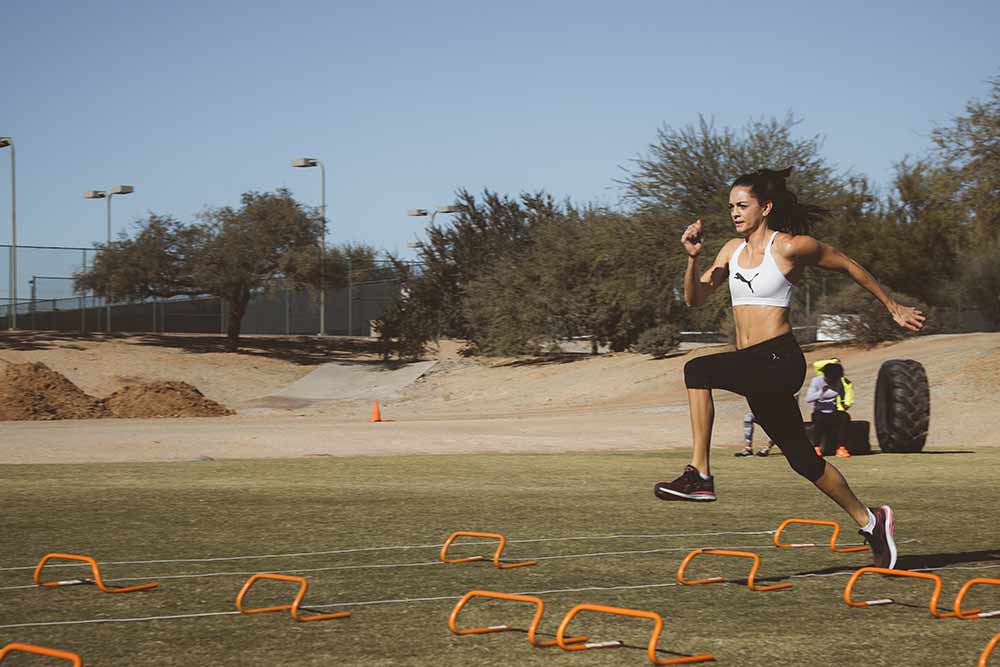Study May Predict Runner’s Half-Marathon Performance
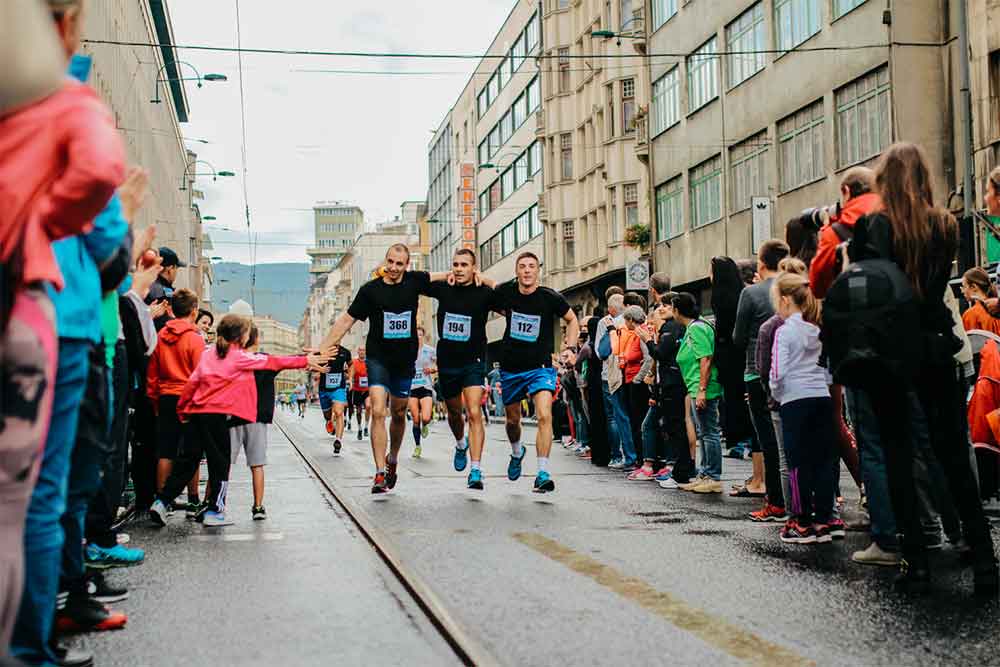
A Review by Alyssa Bialowas
Participating in marathons and half-marathons has become a very popular means of exercise for elite and recreational runners alike. Level aside, endurance athletes search for predictive training equations for optimal performance. The aim of this study were to validate four predictive equations for half-marathon performance involving anthropometric, training, biomechanics and physiological variables.
The Study
Seventy-eight male half-marathon runners from two different cities participated in two different phases of this study. Phase 1 was used to establish equations for predicting running performance, and Phase 2 was used as a test phase to validate these equations. Participants in Phase 1 were required to have completed a half-marathon in less than 105 minutes in the 6 weeks of the study, and participants in Phase 2 were to complete a half-marathon in the four weeks following testing. 48 male runners participated in Phase 1, 30 in Phase 2.
Participants had their anthropometrical characteristics recorded, and both groups underwent the same testing. Participants performed an incremental test on a treadmill, in which VO2max, speed at aerobic threshold, and peak speed were recorded. Biomechanical variables, such as contact and flight times, step length and step rate were registered.
Related Article: The Elevation Training Mask – A Competitive Advantage
The Results
In Phase 1, half-marathon performance could be predicted to 90.3% by variables related to training and anthropometry (Equation 1), 94.9% by physiological variables (Equation 2), 93.7% by biomechanical parameters (Equation 3) and 96.2% by a general equation (Equation 4). Using these equations, in Phase 2 the predicted time was significantly correlated with performance. The proposed equations and their validation showed a high prediction of half-marathon performance in long distance male runners.
Takeaway
Training and anthropometrical variables as well as physiological variables such as years of experience, peak and RCT speeds, improved the power of prediction compared to previous research. Maximal step length and step rate were studied as variables that were related to half-marathon performance in runners. These variables can be used to predict performance prior to competition.
Related Article: HIIT Responses In Endurance & Sprint Athletes
You Might Like:
Ketogenic Diet and Running: What You Need to Know
If you have been around the health and fitness space over the last few years, then you would have heard about the ketogenic diet. You know that diet that helps with weight loss, metabolic disease,...Are Runners Less Likely to Develop COVID-19?
In this weird time of COVID-19, I have heard some strange suggestions regarding how you can prevent infection. Things like drinking colloidal silver, eating more oranges, and bathing in vinegar all come to mind. But...5 Ways to Get Rid of Shin Splints
Ryan Cross, Physiotherapist Pain related to “shin splints” is one of the most common ailments that athletes will complain about. Most runners have had a run-in with the dreaded shin splints at one time or...The Most Efficient Way to Run Faster
Evan Stevens, Sprint Coach Phosphocreatine is the most immediate source of energy we have access to run faster. It is separate from the glycolytic (anaerobic) and mitochondrial (aerobic) pathways and is a way to rapidly...Upper Body Workouts For Distance Runners
When we run long distances it is crucial to focus on form, function, and balance. Running efficiency is effected by all of these, and it will subsequently impact performance if not properly addressed. By limiting...Use the Hurdle Step to Test Your Running Mechanics
An easy way to test or observe your running mechanics is to use the Functional Movement Screen (FMS) Hurdle Step approach. As you will see in the video, this technique will enhance proper running mechanics,...Reference
Camara, J., Garcia-Lopez, J., Gomez-Molina, J., Ogueta-Alday, A., Rodriguez-Marrayo,
J., & Stickley, C. (2017). “Predictive Variables of Half-Marathon Performance
for Male Runners.” Journal of Sports Science and Medicine, 16, 187-194.



